So, tell me about the childhood of your brand...
Could it be that Carl Jung, the psychologist, was an expert in branding?
Jung's work on personality archetypes (or narratives) is a fascinating lens to use when talking brands. Using a psychologist as the brand manager? Sure. Your brand is living. It connects with your customers. It has a persona. In some sense, it has its own personality.
Why do you need a brand narrative? Isn’t branding ambiguous enough?
Many times companies address brand ambiguity by leading with a list of tangible features, a mission statement, or superlatives like “the best” or “the most”. These approaches provide a sense of alignment, efficiency and clarity. Let’s review the implications of these approaches to a brand:
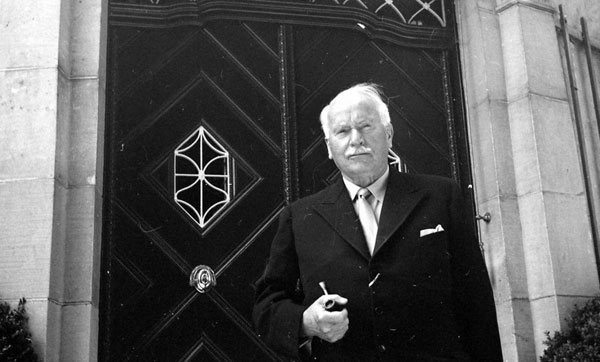
Tangible Features and Benefits
Today’s new features are tomorrow’s cost of entry. Customers make emotional decisions and with each shift the desired benefits change, too. When change happens where does it leave your brand? To design this change into your brand, you’ll need a platform which can outlast the cycle of change.
Mission Statements
Mission statements are great communication tools for internal focus. Companies who do this have a leg-up on internal alignment. However, messaging built for internal alignment does not make it relevant or meaningful to customers. They will benefit from operational excellence. But if you are an established company in a mature market, having excellent products is expected. Ultimately, you are not your customer.
Hyperbole
The most. The best. The strongest. The toughest. The cheapest. Being first is a key strategic position to have. However, logic says that only one company can authentically hold the top spot. If so, then why are these words so common with companies? Many times companies carefully select qualifiers to reframe the offer so they can claim a top spot – The best chair for mobile electronics; World-class service for the business traveler; The most trusted name in investments. Being specific is helpful. However, it is important to ask what was the motivation? Was it the ability to say “the best” or because it directly addresses your customer’s daily challenge?
When these three approaches are the foundation of your brand narrative, it confines your brand meaning within the transaction. After that transaction is over, what do you have left to talk about with your customer? Dropping out of mind only opens the door for your competition. In order to connect longer and deeper with your customers, you’ll need to authentically tap into a bigger experience with your customer, allowing your brand to stay meaningful even if they are not currently purchasing.
Finding Focus
Jung defined the bigger experience as the collective unconscious expressed through personality archetypes. Jung said these archetypes “power predispositions, which can, when activated, govern human behavior patterns.” While, that sounds a little creepy, people are creatures of habit, and over time they naturally gravitate toward these archetypes. These are woven into our culture and history.
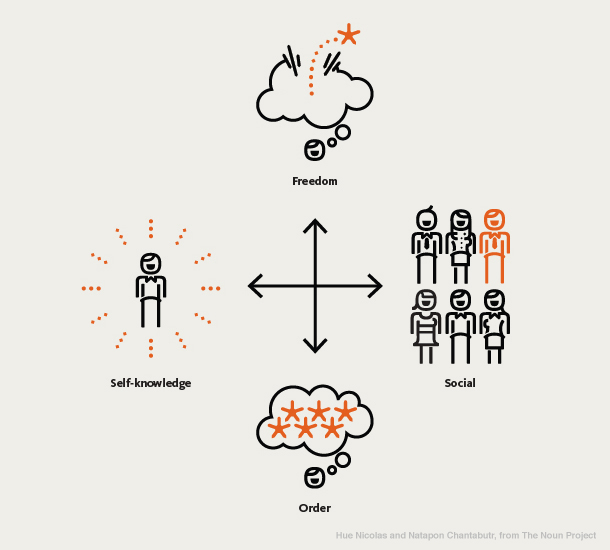
Specifically, he defined 12 archetypes however, the four primary narrative groups are useful for brand narrative building: Self-knowledge (ego), Freedom (change), Social (belonging), and Order (structure). Each archetype comes with a story arc – the motivations, challenges and goals expressed through story. These groups can be defined as follows:
- Self-knowledge brand narrative fights against ignorance to renew hope and understanding.
- Social brand narrative fights against isolation to have fun and give love.
- Freedom brand narratives fight against vulnerability to act fearlessly.
- Order brand narratives fight against chaos to creating something new and gain control.
So, what narrative is your brand? What is authentic to your company’s history and your future vision?
The exciting thing about this question is that it removes features and benefits, mission statements and superlatives from the discussion. What if you were prohibited from talking about features and benefits for one day? How would you communicate the value of your brand? How would you convince a customer to choose you? Organizations who are successful at this exercise will have another tool when it comes time to sell.
Expressing Meaning
What does this Jung narrative lens look like in the real world of business? The best way to illustrate this concept is to share comparable examples. So, let’s look at the hybrid and electric vehicle niche of the automotive industry. Admittedly, great brands are more complex than one television spot. However, for the sake of illustrating this concept we will compare four individual ads.
Social brand: A Toyota Prius for Everyone. Prius is helping customers fight the boredom of driving. What’s more, everyone is doing it. Join the team. Share the love. Visually rich in color and held together with a friendly song to whistle.

Order brand: The facts about Nissan Leaf. Facts about the car systematically pop on screen. Meanwhile, in the background the couple uses the phone app to control the car. At the end of the commercial, they use the app to control global weather.
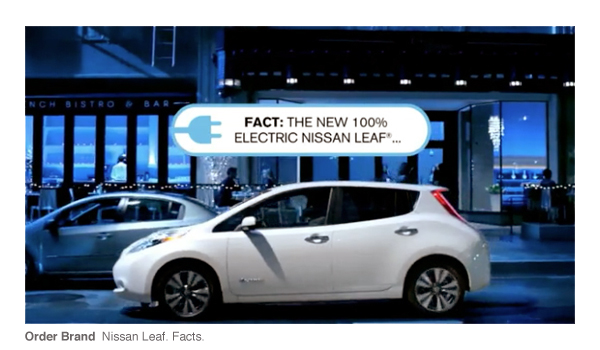
Freedom brand: Go further with Ford Fusion. After traveling for miles confined by the road, the car takes a courageous leap into the thin air. It does so, though, only to find out the road is what was holding the car back, limiting its potential boundaries.
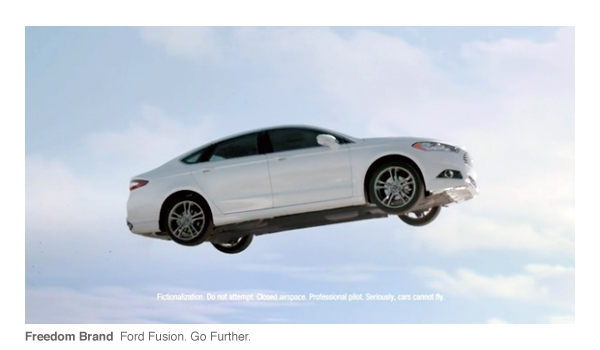
Self-knowledge brand: Chevy Volt and the happiest drivers on the planet. The Chevy Volt opened a new world allowing its drivers to achieve happiness. This self-awareness and knowledge can lead the fight against the ignorance of outdated gas stations, saving the planet.
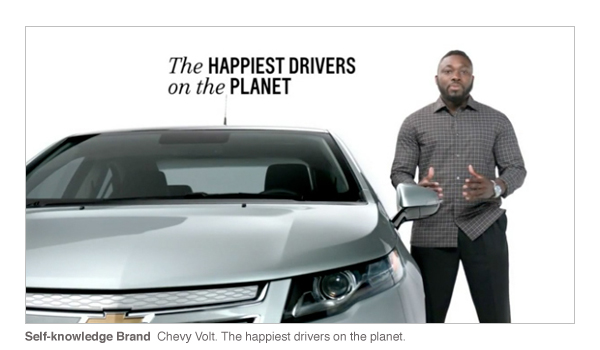
Each ad sells the same thing – a car and the experience of driving. However, they do not let features and benefits confine the meaning of their brand. They use a narrative point of view, tapping into the bigger story arc when talking about their offer. Even if you removed the car from the ads, you still get a sense of the challenges that the product resolves.
So, what bigger brand narratives are you strategically tapping into? Which approach is more authentic to your company’s experience? What is more meaningful to your target customers? What is a bigger opportunity space within your marketplace?
Aligning Experiences
An authentic brand narrative is not about a catchy communication piece, but weaving the narrative throughout all customer touch points. The narrative of your brand provides values that can be transferred from one touchpoint to another touchpoint. Moving a customer along the buying cycle means raising awareness, considering options and building loyalty.
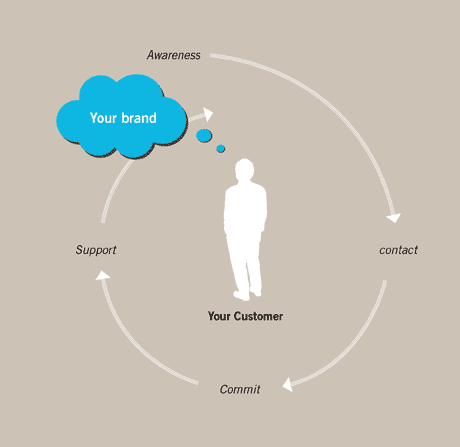
A strong communication piece sets expectations for your company. A significant gap between expectation and reality will be a massive story break for your customer. The brand narrative is only as strong as the weakest touch point. It is not about the biggest story but the authentic story for your company.
Where to start? For one day, view your organization and customer experiences through the brand narrative lens.
- How might customer support speak if a brand is built on group belonging vs. order?
- How might a showroom be structured for a brand built on change vs. self-knowledge?
- How might engineering produce products that support group belonging vs. change?
Using narrative as the starting point for your brand story provides a customer-centered framework for building out the demand side of your business plan. Without tapping into this bigger framework, features and benefits can easily overpower the meaning of your brand. Instead, brand narratives allow for meaningful connections with your customers and a platform lasting longer than product cycles.